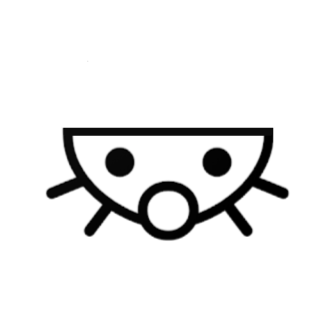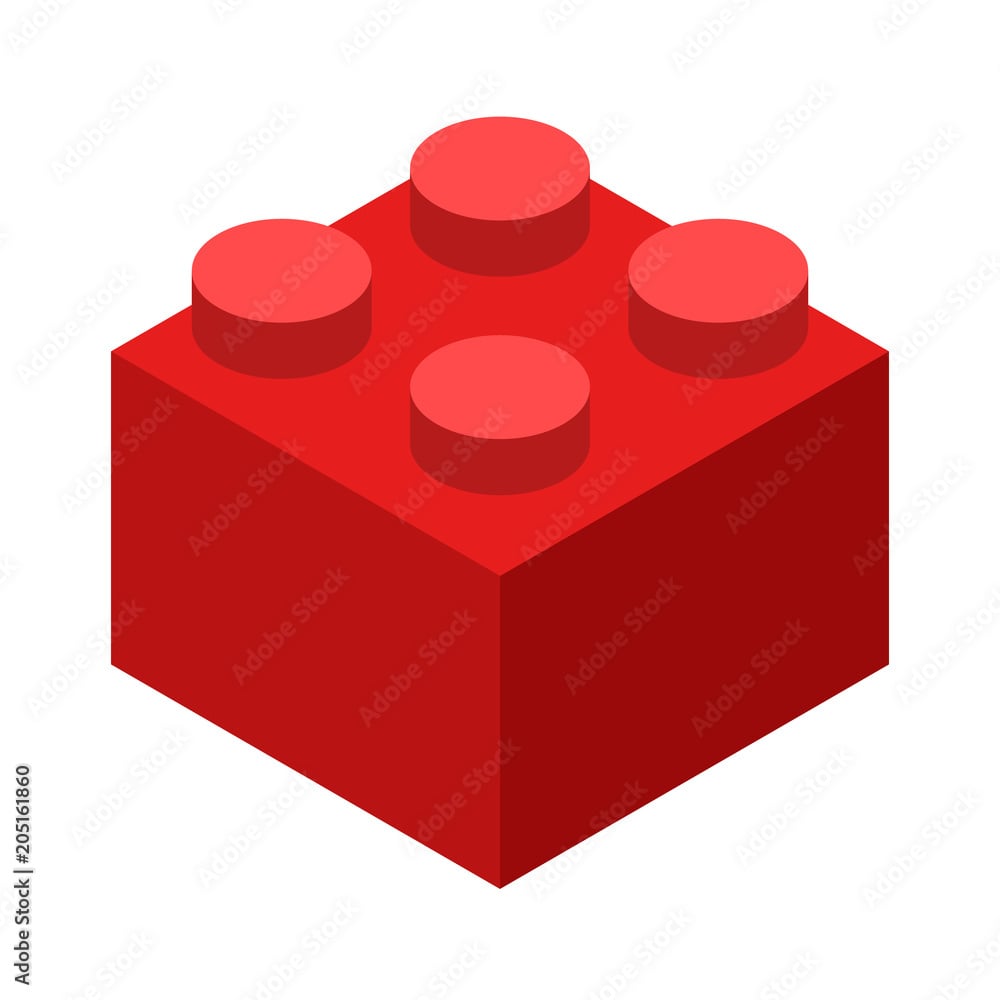“Potion Seller, I require your strongest potions.”
- 2 Posts
- 11 Comments

 2·1 year ago
2·1 year agoEven a hotbed replacement isn’t that bad. I ended up swapping out the entire hotend when I shorted the thermistor because I thought I also broke the heater cartridge as well. You can partially disassemble the MK3S’s tool head and it’s basically remove-> insert the new part and close it up again - > rewire.

 6·1 year ago
6·1 year agoI’m going to go against the grain here and say you should get a Prusa. I had an Ender 3 V2 as my first printer and it was an endless series of headaches with all of the little adjustments and tweaks I needed to make every other print. I nearly gave up the hobby and took a break for about a year because I was so sick of it. Furthermore, an Ender absolutely did not teach me everything there is to know about how 3D printers work, even with all the fiddling.
Eventually I got an i3 MK3S+ kit. The kit helped me to actually learn everything about what goes on inside a 3D printer. I would recommend staying away from preassembled printers, at least at first. Ever since building it, it’s basically been a fire and forget type of machine, barring routine maintenance and a shorted thermistor that was my own fault. It’s my main workhorse and I now use it to run a small 3D printing business.
On top of all that, Prusa’s designs are all open-source, their printer profiles are extremely well-tuned using PrusaSlicer, and getting official replacement parts is a breeze. It’s definitely something I would get if you want or need something that can’t have a lot of downtime.
As for your question regarding PLA, it should be okay, but if you’re really concerned about it, you can get an enclosure to help contain the fumes. I have the official Prusa enclosure with all the add-ons. I think you can get it bundled with a printer for a discount.

 3·1 year ago
3·1 year agoSo, for flex-direction: column, usually you’ll want to use it when you need multiple items to be consistently spaced vertically. For example, you have a testimonials section on your webpage with some divs that contain quotes, and you want them to be centered in the page, stack on top of each other, and have equal spacing between each quote. This is where flex-direction: column comes in. You just set the flex five to the height you want, slap display: flex and the flex direction properties on it, set justify-content to between, and maybe align-items to center so that all the child divs are in the center of the parent, and voila!
In real life, you’ll mainly see this used on mobile, where lots of elements need to be stacked on top of each other, but there are cases on other viewports where it makes sense. For example, in lining up fields in a vertical form like a login or sign up page where the username, password, and login/create account buttons are all stacked on top of each other.

 151·1 year ago
151·1 year agoMakes sense. I bought one secondhand and still got the digital goodies.

 4·1 year ago
4·1 year agoWant to edit that? You gotta be quick!

 3·1 year ago
3·1 year agoWould it be possible to embed harder plastic bumpers/reinforcements from PETG or PLA inside the walls? I feel like that could make something like this even more useful
 1·1 year ago
1·1 year ago“It’s be really cool if…” is the phrase that always starts the spiral for me.
This is legitimately helpful. What on earth are the acronyms actually supposed to stand for?

 2·1 year ago
2·1 year agoI barely even use stackoverflow anymore since GPT-4 arrived.

There’s a reason why PETG/PLA are used as interface materials for supports in multi-material printers. There’s no molecular bond and so the parts will snap off very easily.